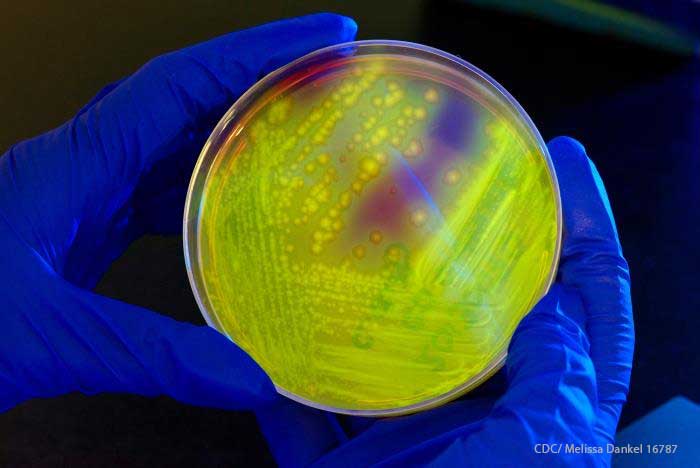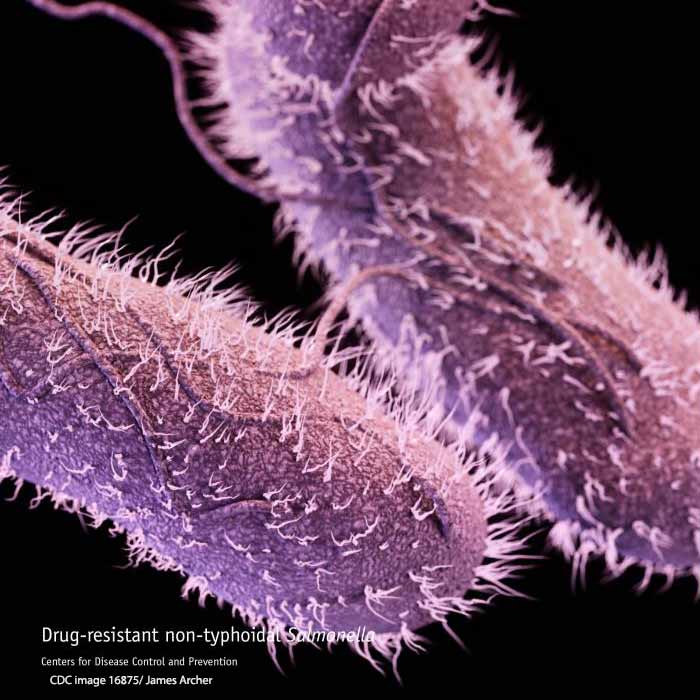The Centers for Disease Control and Prevention (CDC) has released a report in its Emerging Infectious Diseases publication called “Outbreaks of Disease Associated with Food Imported into the United States, 1996 – 2014.” The study is published in the March 2017 issue.
More and more food is being imported into the United States and those imports have increased steadily over the last 20 years. Americans want to eat produce out of season and are also demanding a wider variety of food. And there is a concurrent “small but increasing number of foodborne illness outbreaks associated with imported foods. The foods most often associated with outbreaks are fish, shellfish, fresh fruits, and fresh vegetables.
What is a Food Poisoning Outbreak?
A food poisoning outbreak is defined as at least two persons, who are unrelated, who contract a similar illness from eating a common food. The Foodborne Disease Outbreak Surveillance System collects foodborne disease outbreak information. In 1998, the government started including the location where the food was prepared, and in 2009, the country of origin and import status was added.
Outbreaks Caused by Imported Food
In 2015, a huge Salmonella Poona outbreak that sickened at least 900 Americans was linked to cucumbers imported from Mexico and distributed by Andrews & Williamson Fresh Produce of California. In 2016, a hepatitis A outbreak linked to frozen strawberries imported from Egypt sickened at least 100 people. Those berries were served in Tropical Smoothie Cafe products. And in 2013, 2014, and 2015, hundreds of Americans were sickened with Cyclospora infections from contaminated imported produce.
Researchers reviewed outbreak reports from 1973 to 2014 to identify those associated with an imported food. Country of origin of the suspect product was obtained from the FDA and USDA. Implicated foods were then categorized by country of origin.
During the time period 1996 – 2014, 195 outbreak investigations implicated an imported food. Those outbreaks sickened 10,685 people, and caused 11017 hospitalizations and 19 deaths. The number of outbreaks associated with imported foods increased from 3 every year from 1996 – 2000 to 18 every year from 2009 – 2014. And outbreaks associated with imported foods represented 1% of all outbreaks during 1996 – 2000, and 5% of all outbreaks during 2009 – 2014.
The following are some of the findings:
- The two most common pathogens associated with these imported foods were Salmonella and scombroid toxin (found in decaying fish). Most illnesses were associated with Salmonella and Cyclospora.
- Aquatic animals were responsible for 55% of outbreaks and 11% of outbreak-associated illness. Produce was responsible for 33% of outbreaks, but 84% of outbreak-associated illnesses. The produce outbreaks had a median of 40 illnesses, compared with a median of 3 in outbreaks associated with fish and shellfish.
- Most of the Salmonella outbreaks were associated with produce, including 14 from fruits, 10 from seeded vegetables, 6 from sprouts, 5 from nuts and seeds, 4 from spices, and 1 from herbs.
- The country of origin of the suspected food was available for 177 of the outbreaks.
- Latin american and the Caribbean was the most common region implicated, followed by Asia.
- Most of the food was imported from Mexico.
- Other countries associated with more than 10 outbreaks were Indonesia and Canada.
- Fish and shellfish were most commonly imported from Asia.
- One quarter of the outbreaks affected people in more than one state, which reflects the wide distribution of imported foods.
The study’s authors say that “the increasing number of outbreaks involving globally distributed foods underscores the need to strengthen regional and global networks for outbreak detection and information sharing.”
What Countries are Providing Produce?
We get much of our food from Latin America because these countries are located relatively close to the U.S. Perishable items such as fruits and vegetables can’t be shipped around the world. Mexico is the source of about 25% of our fruit and nut imports and about 50% of vegetable imports, followed by Chile and Costa Rica.
FDA Only Inspecting a Small Number of Imported Foods
The authors also state that nearly all of the outbreaks were from foods under FDA jurisdiction. The problem is that only a tiny proportion of these foods are actually inspected when they enter the country. The new rules under the Food Safety Modernization Act of 2011, including Preventive Controls Rule for Human Food, Produce Safety Rule, Foreign Supplier Verification Program, and Accreditation of Third Party Auditors, will help to strengthen the safety of imported foods, according to the study authors.


